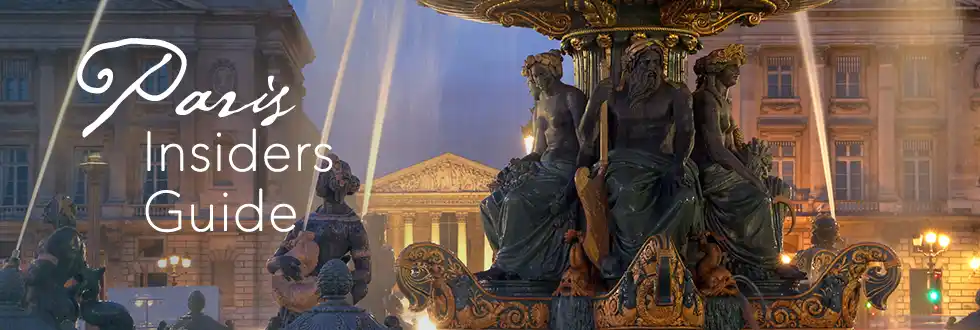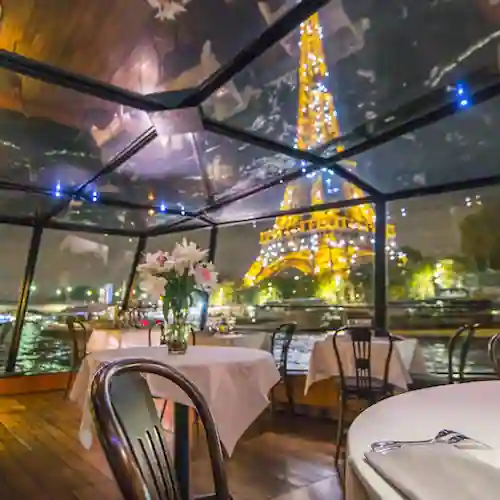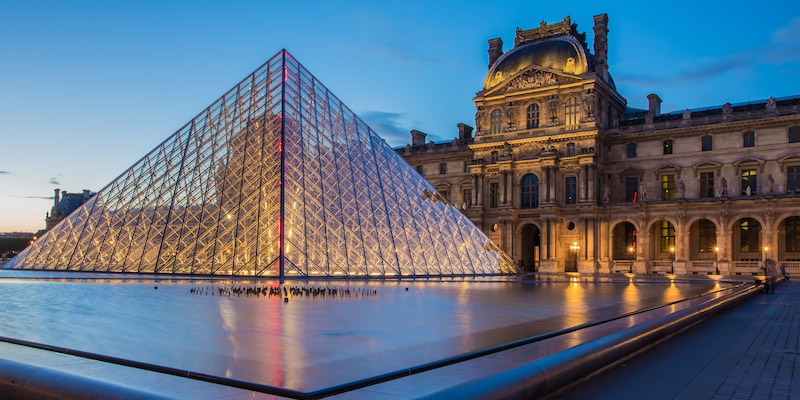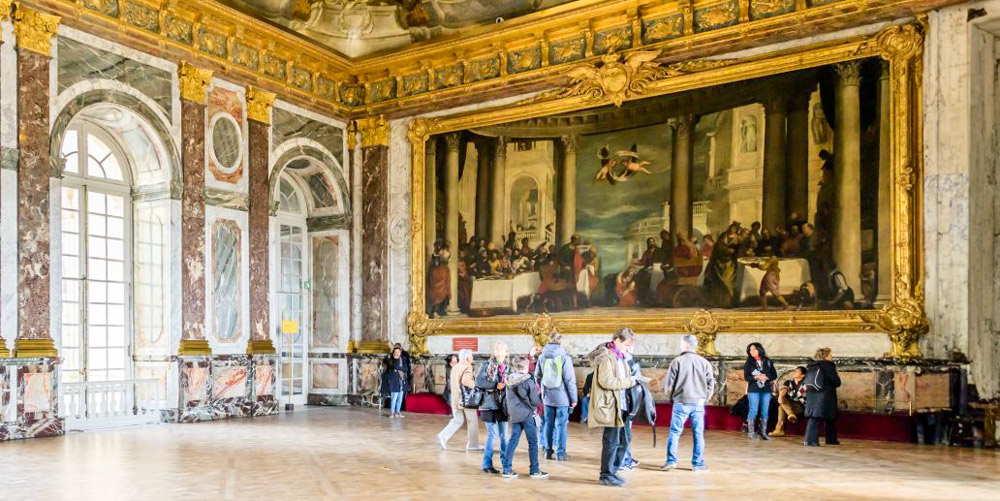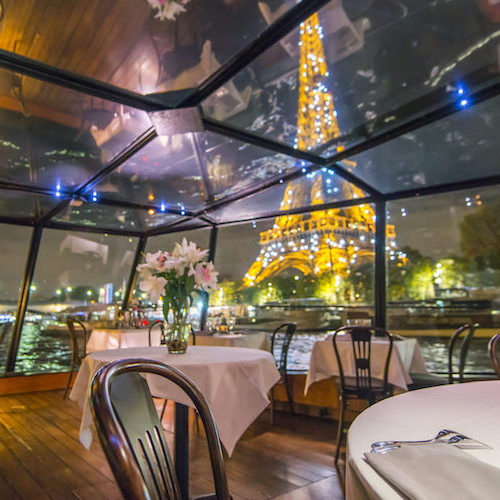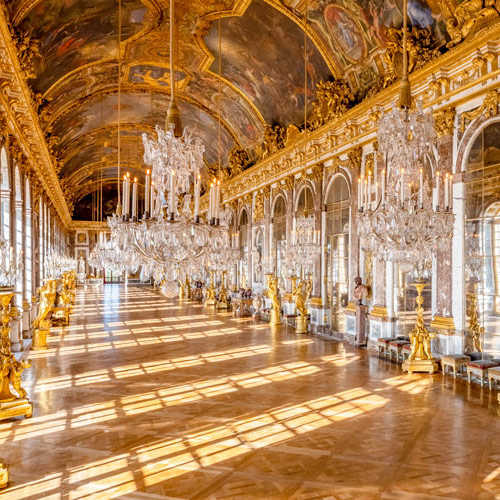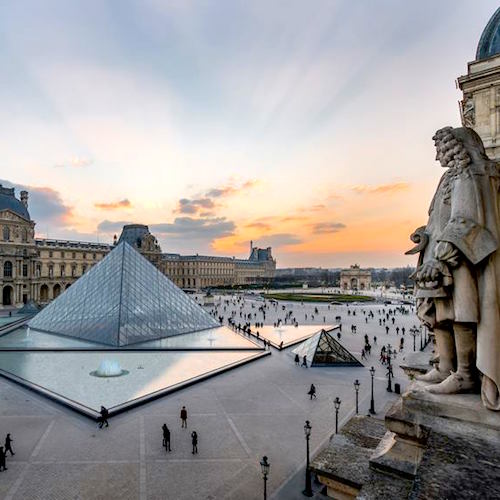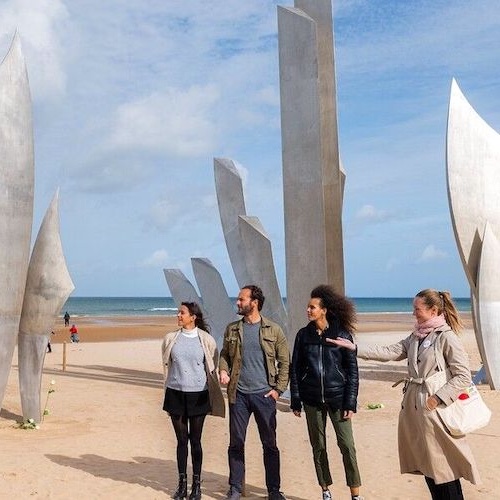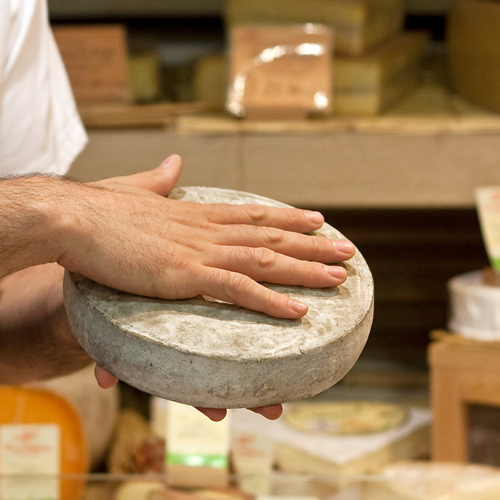5 Highlights Of Henry IV's Paris – In The Footsteps Of History
Henry IV, the king of France from 1589 to 1610, was a true visionary. After decades of financially-draining religious wars, Henry IV made the practical decision to convert to Catholicism to end religious strife. At the time he declared, "Paris vaut bien une messe", meaning "Paris is well worth a Mass".
Following a century of conflict, he brought peace and prosperity and ushered in architectural innovations that would influence the future of Paris, right up to today. With growing national wealth, Henry initiated several public works projects — bridge construction, expansion of the Louvre, and public squares — that would transform Paris from a medieval mess into a great city. Is it any wonder he's referred to as "Good King Henry"? Let's look at five of his innovations that still serve Paris well.
![]()
|
Skip the long lines and dive into the Louvre’s greatest hits — the Mona Lisa, Venus de Milo, and more — on a guided tour that shows you the treasures without the museum overload. |
|
Skip the long lines and dive into the Louvre’s greatest hits — the Mona Lisa, Venus de Milo, and more — on a guided tour that shows you the treasures without the museum overload. |
1. Pont Neuf
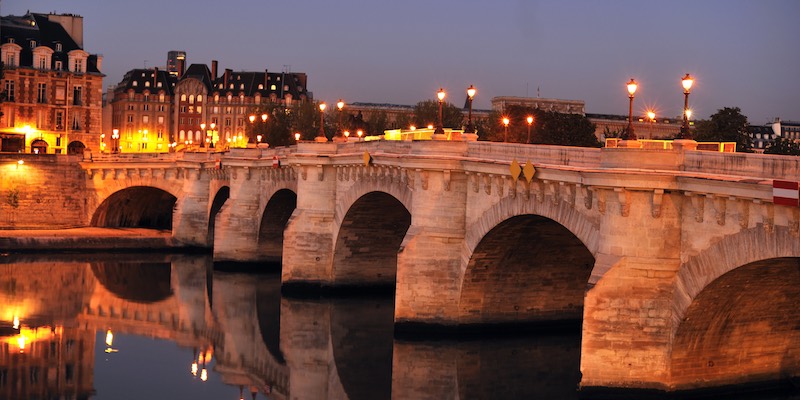 Pont Neuf, the oldest "new" bridge in Paris
Pont Neuf, the oldest "new" bridge in Paris
Spanning 232 metres, over 700 feet, Pont Neuf is still one of the longest bridges in Paris, connecting the Île de la Cité, the Left Bank, and the Right Bank. Pont Neuf means "new bridge". While it was neuf when it was built, today it's the oldest standing bridge in the city. It was the first bridge to have a raised pedestrian sidewalk and the first to be designed without housing along its sides. Henry IV did not want anything to block the view of the Louvre from his bridge.
2. Place du Pont Neuf
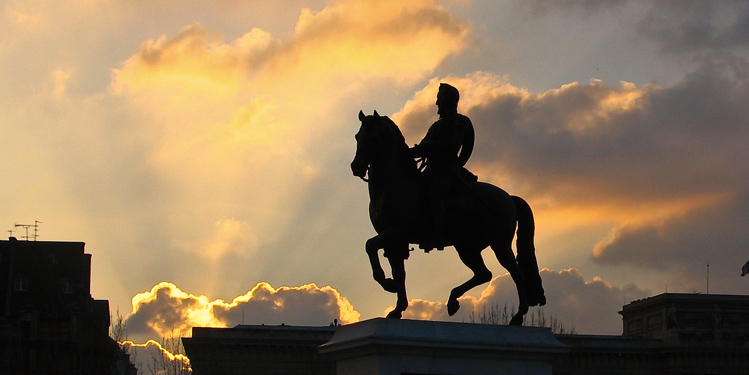 Statue of Henry IV at Place Pont Neuf, photo by Mark Craft
Statue of Henry IV at Place Pont Neuf, photo by Mark Craft
On Île de la Cité, at the side of Henry's bridge, is where you'll see a statue of Henry IV sitting on his horse. When it was originally erected, this was the city's first equestrian statue. Sadly, the original statue was melted down during the worst excesses of the French Revolution.
The current statue was completed in the 19th century by melting down the statue of Napoleon Bonaparte that once stood on the column in the middle of Place Vendôme. Napoleon's statue at Vendôme was pulled down after his final defeat in 1815, when the French kings were temporarily restored to the throne. Coming full circle, another statue of Napoleon was restored to the top of the Vendôme Column following the defeat of the Paris Commune in 1871.
![]()
|
Trade Paris bustle for royal grandeur on a guided Versailles tour. Skip the lines, wander the gardens, and peek inside Marie Antoinette’s private estate. History never looked this good. |
|
Trade Paris bustle for royal grandeur on a guided Versailles tour. Skip the lines, wander the gardens, and peek inside Marie Antoinette’s private estate. History never looked this good. |
3. Place Dauphine
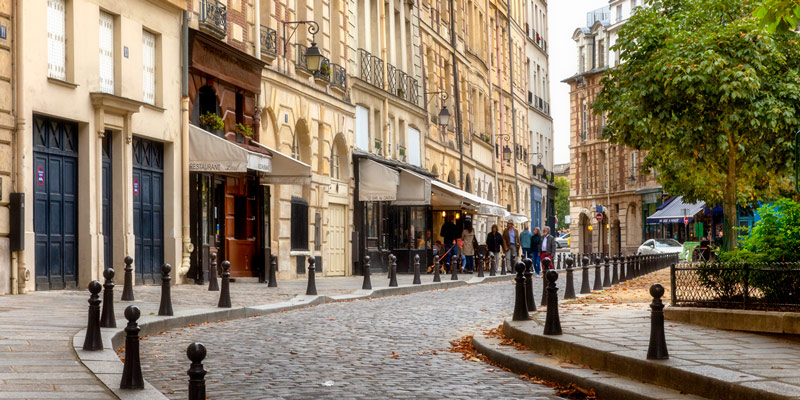 Place Dauphine, photo by Mark Craft
Place Dauphine, photo by Mark Craft
The statue of Henry IV looks toward a short, narrow street that leads to one of the most pleasant squares in Paris, Place Dauphine. Named after Henry IV's son Louis XIII when he was the dauphin, or heir to the throne, this square was built according to the same principles as Henry IV's Place des Vosges. (We talk about that below.)
Unlike Place des Vosges, though, most of the original buildings that surrounded Place Dauphine have been destroyed. In fact, the entire east side of the Palace Dauphine was demolished in the 19th century to build the current Palais de Justice. Henry IV favored the House of Cards style style, with an abundance of red brick, white stone, and black slate, which can still be seen in the buildings that remain.
4. The Grande Galerie at the Louvre
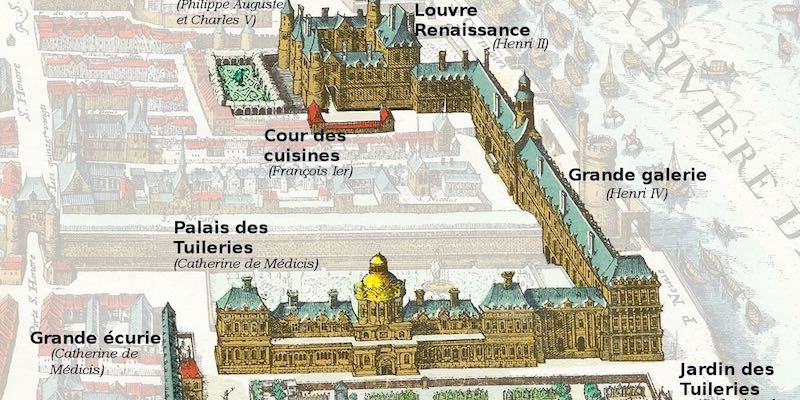 The Louvre palace in 1615
The Louvre palace in 1615
Henry IV devised a grand plan for the Louvre to morph it from a medieval fortress into a palace fit for royalty. Part of that plan was the Grande Galerie, a completely new section, running along the Seine, to connect the Louvre with the Tuileries Palace (which no longer exists, also destroyed in the Paris Commune). At the time, it was the longest building in Europe.
Henry's vast art collection was displayed on the upper level of the new Grand Galerie, and he invited artists to live and work in the lower level. Displaying artwork, of course, still continues today at the Louvre Museum, and the educational tradition carries on at the École du Louvre.
The neoclassical details reflect Henry IV's desire to embrace the influence of the Renaissance and to downplay the the medieval aspects of the old Louvre. In fact, we can thank Henry IV for the Louvre as we know it. He called his overall plan for the palace the Grand Dessein. However, his assassination in 1610 meant his vision would not be fully completed for another 300 years.
![]()
Nighttime in Paris
|
VIP Dinner Cruise with Bateaux Parisiens |
Dinner & Cabaret at the Moulin Rouge |
|
Dinner & Cabaret at the Moulin Rouge |
5. Place des Vosges
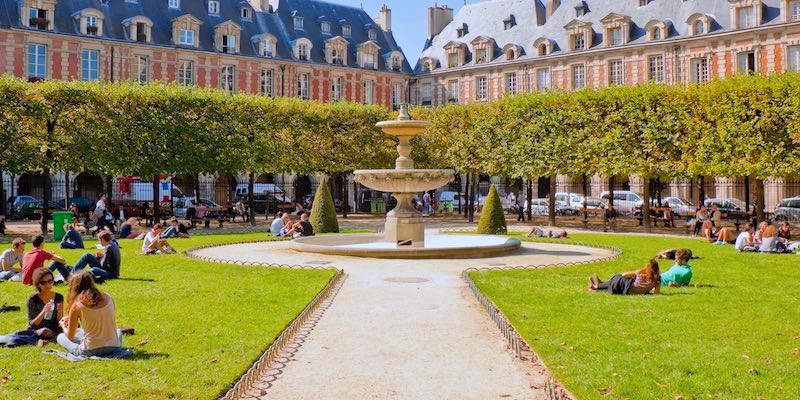 Place des Vosges in the Marais
Place des Vosges in the Marais
Originally named Place Royale, this historic square (it is a true square, measuring 140 x 140 meters) in the Marais was also the brainchild of Henry IV. The square was one of the first in Europe to combine public spaces with residential and commercial uses. As the plans were completed for Place des Vosges, Henry IV was already planning his next place — called Dauphine.
The distinctive steep roof lines of the buildings, along with the covered arcade, galleries, and rows of uniform lines of trees, have survived the test of design and of time. When the square was inaugurated (two years after Henry IV's death), it was part of a grand celebration to honor the engagement of Louis XIII to Anne of Austria.
Paris Planning Guides
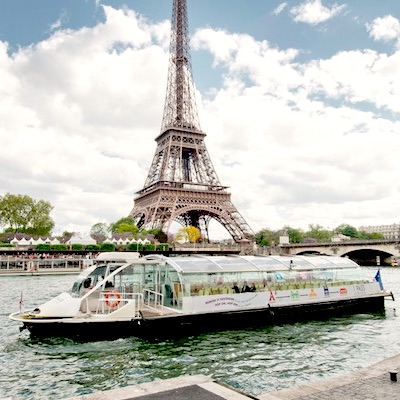 Best City Tours
Best City Tours |
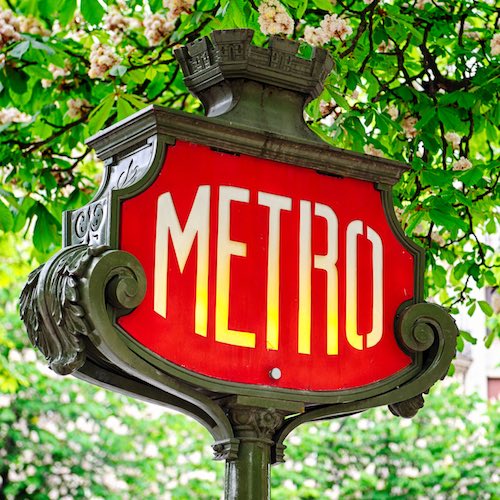 Paris Metro Guide
Paris Metro Guide |
 Facts for Visitors
Facts for Visitors |
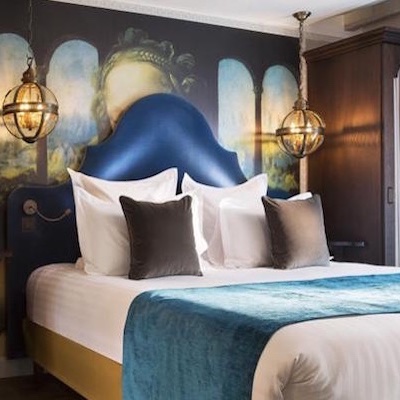 Left Bank Hotels
Left Bank Hotels |
